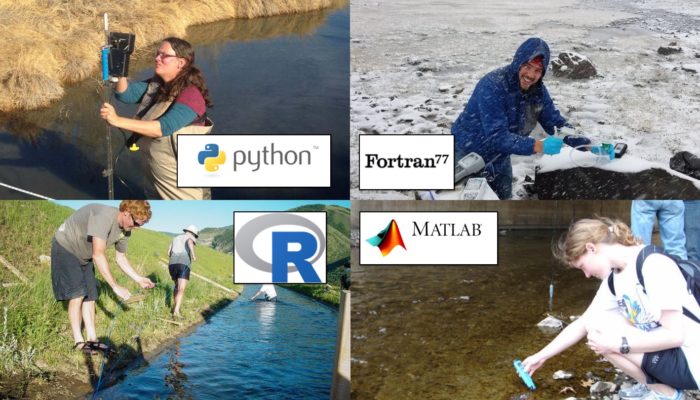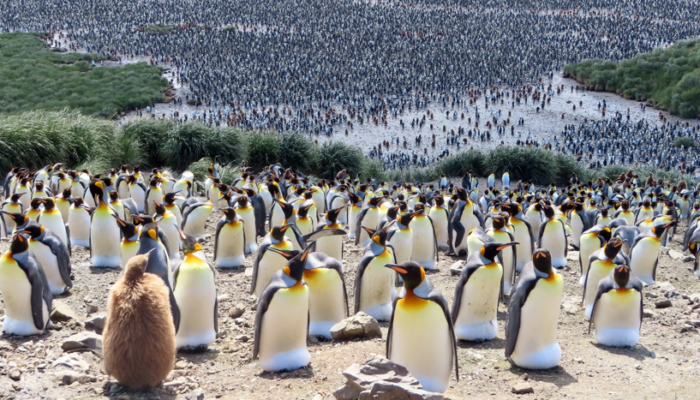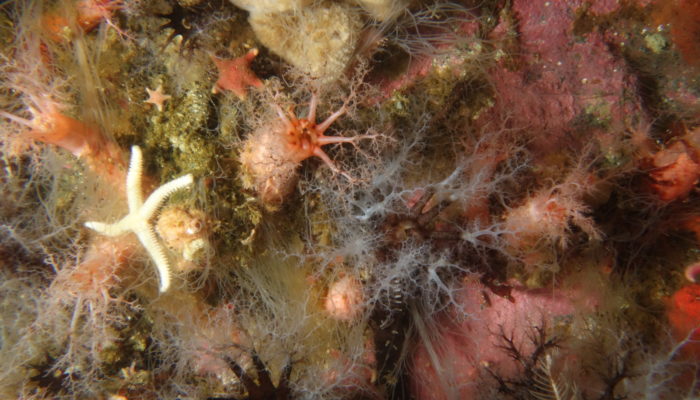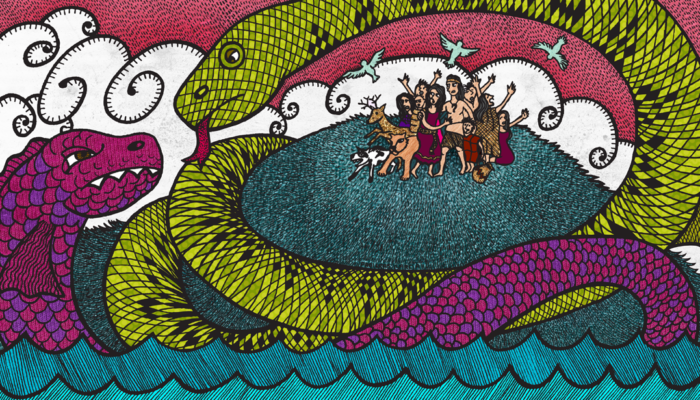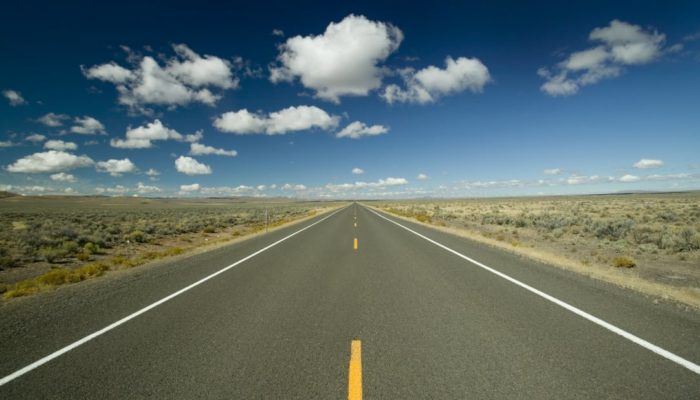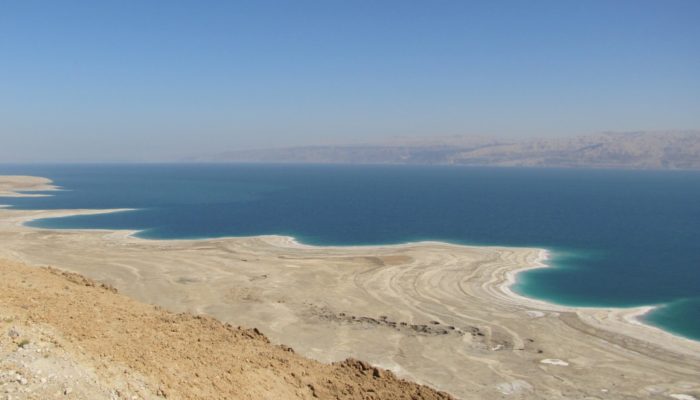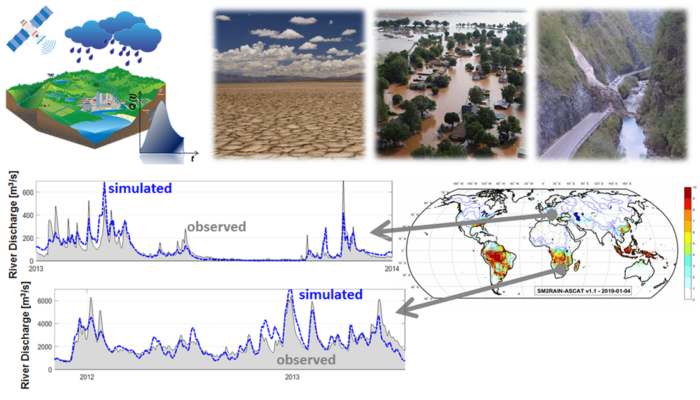The photos above were found by doing a google image search for ‘hydrologist’. Apparently our image is that of scientists that get to be outside a lot. We all know that the knowledge we gain from fieldwork gets codified in hydrological models which can be written in all sort of programming languages. “I wonder what this analysis would look like using that other groups hydrological model ...[Read More]
Soil System Sciences
Early Career Scientist representative: how to become one in a few easy steps!
Early career scientist representatives are a crucial link between the EGU and the early career scientist community. They are vital in providing feedback from students and early career researchers so that we can take action to improve our early-career scientist’s activities at the EGU General Assembly and maintain our support for early-career scientists throughout the year. The ECS website br ...[Read More]
Geochemistry, Mineralogy, Petrology & Volcanology
Five hundred miles from civilisation: Exploring active volcanism in the South Sandwich Islands
By Emma Liu – Lecturer in Earth Science, University College London. For more adventures, follow Emma on Twitter! It’s a strange feeling to realise that your closest human neighbours are on the international space station…! We were five hundred miles away from the nearest civilisation and all I could see in every direction was miles and miles of open ocean. There are so few true wilderness en ...[Read More]
Stratigraphy, Sedimentology and Palaeontology
Adaptation and inheritance in the geosciences
Every year, the Stratigraphy, Sedimentology and Paleontology Division awards one scientist for their outstanding contribution to stratigraphy, sedimentology or paleontology with the Lamarck medal in recognition of the scientific achievements of Jean-Baptiste Lamarck (Bazentin-le-Petit, 1-02-1744 – Paris, 18-12-1829). It was the 11 May 1800 when Jean Baptiste Lamarck presented a lecture at the Musé ...[Read More]
Cryospheric Sciences
Boom and bust beneath the ice
Beneath the frozen surface of the Southern Ocean, live some of the most spectacular creatures on earth. These creatures are spectacular not only in appearance, but also in their ability to survive in such an extreme environment as Antarctica. Here, temperatures deviate only slightly from 0°C, and food is scarce during the winter months. How do these diverse creatures live in these conditions and w ...[Read More]
Geodynamics
The Sassy Scientist – Stochastic Sequels
Tuckered from simply contemplating the infinite myriad of possibilities arising behind the dandy phantasmagoria at the pristine horizon which is a doctorate, Maite considers: Should I start a postdoc directly after my PhD? Dear Maite, I would. If you want to stay in science, that is. Consider yourself a prospector initiating the exploration of an unsullied landscape. A wonderful scenery of excitin ...[Read More]
Seismology
Ten years after the 2010 Maule earthquake: how science and ancestral knowledge build-up resilient societies
At 3:34 a.m. (local time) on February 27, 2010, a magnitude Mw 8.8 earthquake occurred in Central Chile and extended over around 500 km along the Maule and Bio Bio regions, a convergent zone between the Nazca and South America plates (Figure 1a). The occurrence of this large earthquake in the context of active subduction zones, as Central Chile, was expected by many Chilean and European res ...[Read More]
Geodynamics
Postdoc: Europe vs. United States
Being a postdoc provides you with an extended training period after receiving your PhD. It is the pathway towards becoming an independent scientist; therefore, it is important to undertake your postdoc in a place where career development is enhanced and supported. Let’s start with a basic yet crucial question: why should I move to another continent? The United States remains the most popular coun ...[Read More]
Climate: Past, Present & Future
Dead Sea – lively stories of the past
The Dead Sea is dead. Nothing can live there except for specialized microbes. The water with a salinity multiple times higher than seawater prevents a colonization by higher life forms. However, it does not prevent the input of organic material that can tell us stories about the past. A unique sediment record The Dead Sea, located at the lowest elevation on Earth – currently about 430 m below sea ...[Read More]
Natural Hazards
How satellites measuring soil moisture provide a new understanding of rainfall patterns
Soil moisture and rainfall are the two fundamental variables in the water and energy cycle and their knowledge in many applications is crucial. For instance, for predicting the occurrence and the magnitude of flood and landslide events the knowledge of the initial soil moisture condition and of rainfall amount is mandatory. In the last decade, some authors have proposed a completely new approach, ...[Read More]

